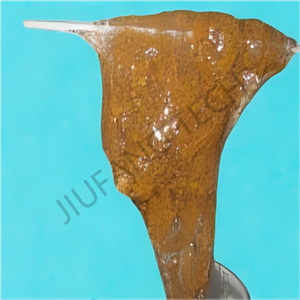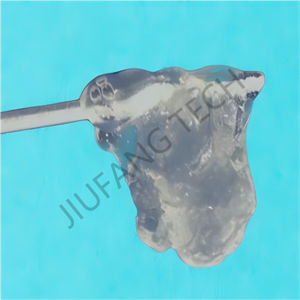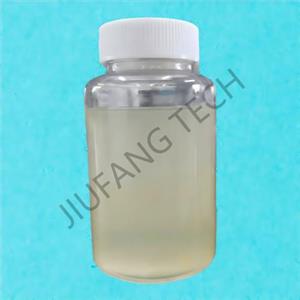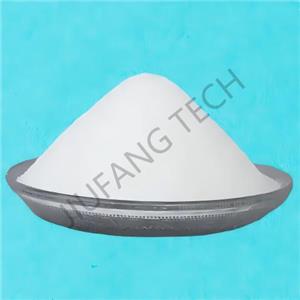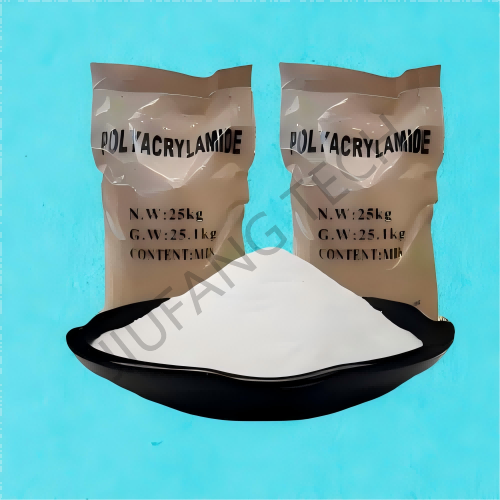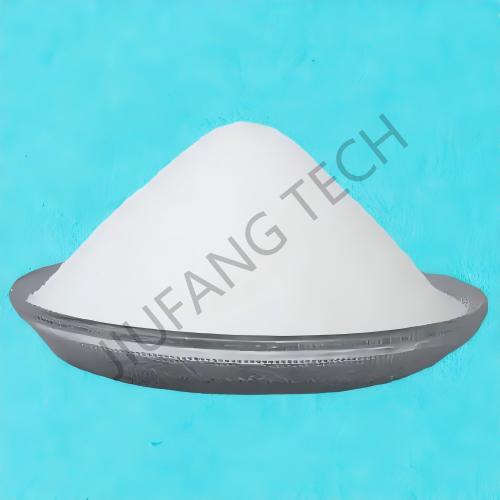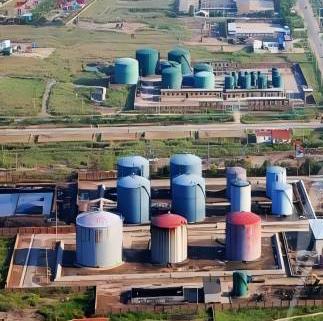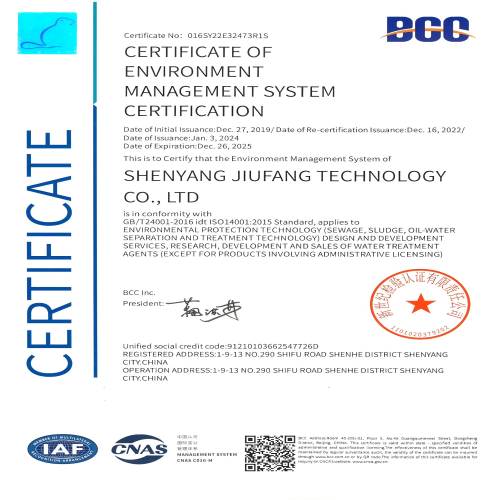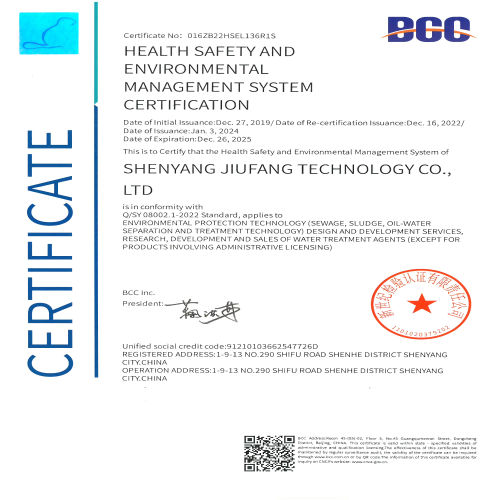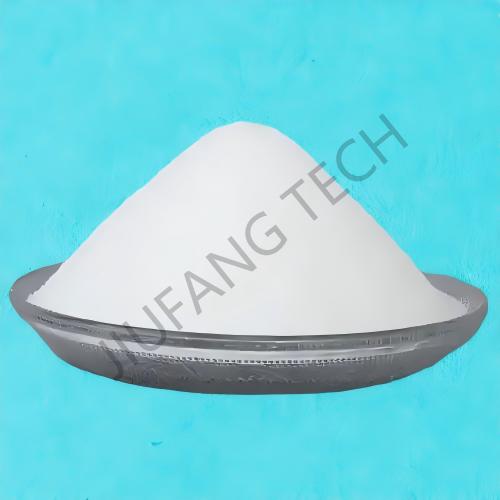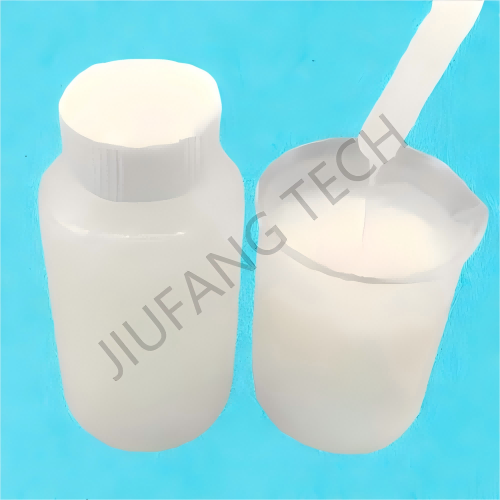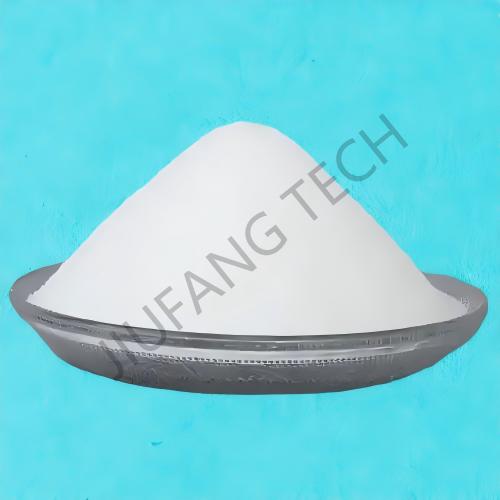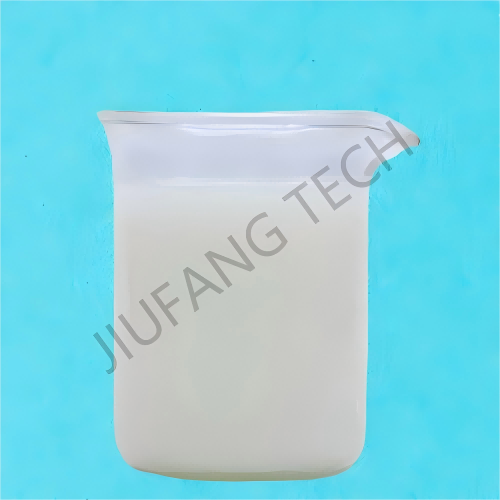
Bột CPAM dùng để xử lý nước thải nhiễm dầu trong mỏ dầu
Nhãn hiệu Jiufang
nguồn gốc sản phẩm Thẩm Dương
Thời gian giao hàng Thời gian hoàn thành: 7 ngày
khả năng cung cấp 2000 tấn mỗi tháng
1. CPAM trong mỏ dầu được sử dụng để xử lý nước thải có dầu nhằm loại bỏ giá trị SS.
2. Xử lý nước thải nhiễm dầu bằng PAM dạng bột tại mỏ dầu phù hợp với nước thải có nồng độ cation trung bình.
3. Chất rắn CPAM trong mỏ dầu được sử dụng trong DAF để loại bỏ giá trị dầu.
Tải về
Polyacrylamide water treatment in the oilfield contains oil and suspension solid. Oily wastewater treatment by powder PAM in Oilfield is a type of medium cationic degree that is used in the pretreatment process in DAF. At this point, the destination of the pretreatment is to remove the SS value and the oil value in order to reduce the burden of the next process.
Use medium cationic degree (oilfield CPAM powder) to treat oilywastewater with PAC or other inorganic flocculants. Following the environmental protection aim getting higher and the oily wastewater treatment process also getting innovated. If using the biochemical process to reduce the COD value, the pretreatment process is getting more important than before. CPAM solid in oilfield has two types of oilfield CPAM powder products: Medium cationic degree in the pretreatment process(CPAM in oilfield) and high cationic degree in the dewatering process(CPAM in oilfield).
1. Deep Purification of Refinery Comprehensive Wastewater
The comprehensive wastewater of a refinery (COD 1,200 mg/L, oil content 200 mg/L, sulfide 50 mg/L) adopts the "two-stage flotation(CPAM in oilfield) + deep-well aeration process", in which CPAM and PAC work synergistically:
Process Configuration:
1). Cavitation Air Flotation: Add 50 mg/L of PAC and 1.5 mg/L of CPAM (CPAM in oilfield). This can remove 80% of floating oil and colloidal particles.
2). Dissolved Air Flotation: Further add 0.8 mg/L of CPAM(CPAM solid in oilfield) to strengthen the flocculation of finely-dispersed oil, reducing the oil content to less than 30 mg/L.
3). Biochemical Treatment: The deep-well aeration system achieves a COD removal rate of 85%. Finally, the oil content in the effluent is < 20 mg/L, and the COD is < 300 mg/L, meeting the "Integrated Wastewater Discharge Standard" (GB 8978).
Economy: The chemical cost per ton of water is only 0.24 yuan. Combined with the high shock - load resistance of deep-well aeration, the system can operate stably in the long term.
2. Treatment of High-polymer-containing Produced Water in Oilfields
The high-viscosity oil produced water in Liaohe Oilfield (COD 5,000 mg/L, oil content 1,200 mg/L, polymer-containing concentration 800 mg/L) adopts the "enhanced demulsification + internal electrolysis oxidation process":
1). Chemical Demulsification: Add 1.5 mg/L of CPAM (CPAM solid in oilfield), combined with ultrasonic assistance, to increase the oil-droplet particle size to more than 50 μm.
2). Internal Electrolysis Reaction: Use the newly-generated [H] and Fe²⁺ from iron-carbon micro - electrolysis to further decompose macromolecular organic matter. The COD removal rate exceeds 70%.
3). Deep Filtration: After three stage filtration with coke nut shell fiber, the oil content in the effluent is < 10 mg/L, and the COD is < 150 mg/L, meeting the reinjection standard.
Resource Utilization Value: The oil sludge produced by demulsification has an oil content of 40% after centrifugal dewatering(CPAM in oilfield) and can be used as fuel for boiler combustion.
3. Micro bubble Ozone Coupling Treatment of Petrochemical Production Wastewater
The oily wastewater of a petrochemical plant (petroleum category 800-1,500 mg/L, COD 5,000-12,000 mg/L) adopts the "micro - bubble ozone demulsification - gradient flocculation - ultrafiltration oil-interception process":
Technical Core:
1). Micro bubble Demulsification Stage: The ozone dosage is 120 mg/L, and the micro bubble contact time is 15 min. The demulsification efficiency is > 98%, and the oil - droplet particle size increases from 5 μm to 50 μm.
2). Gradient Flocculation Stage(Oilfield CPAM powder): Adopt three stage stirring (80→50→30 r/min) in synergy with 0.02 mg/L of CPAM in oilfield agent to form oil floc complexes (particle size 200-300 μm). The SS removal rate is > 96%.
3). Giai đoạn tách màng: Màng siêu lọc cải tiến kỵ nước (kích thước lỗ cắt 0,01 μm) có thông lượng hoạt động là 18 L/(m²·h), chênh lệch áp suất xuyên màng < 20 kPa và được trang bị hệ thống xả ngược tái sinh nhiệt.
Hiệu quả xử lý: Hàm lượng dầu trong nước thải < 3 mg/L, COD < 80 mg/L, độ tinh khiết của dầu nhiên liệu thu hồi được là 98,5%, chi phí xử lý cho mỗi tấn nước là 4,2 nhân dân tệ, thấp hơn 62% so với quy trình ban đầu.
4. Xử lý hiệp đồng nước thải có hàm lượng lưu huỳnh cao từ nhà máy lọc dầu có chứa kiềm
Nước thải có hàm lượng lưu huỳnh kiềm cao của nhà máy lọc dầu CNOOC (pH 10,75, COD 15.000 mg/L, nồng độ S²⁻ cao) áp dụng quy trình điện phân sắt - cacbon + keo tụ hóa học (CPAM rắn trong mỏ dầu) + tách màng:
Cơ chế hiệp đồng:
1). Tiền xử lý bằng phương pháp điện phân vi mô: Tỷ lệ cacbon sắt là 1:1, pH là 4-5. Tỷ lệ loại bỏ COD là 79,1% và tỷ lệ loại bỏ S²⁻ là 88,4%.
2). Keo tụ hóa học: Thêm 250 mg/L PAC và 2 mg/L CPAM vào dung dịch dầu khí để tạo bông cặn đặc. Thể tích bọt khí tuyển nổi chỉ bằng 1/3 so với khi chỉ sử dụng PAC.
3). Tách màng để xử lý sâu: Nước thải sau quá trình thẩm thấu ngược hai giai đoạn có COD < 213 mg/L và S²⁻ < 98 mg/L, đáp ứng tiêu chuẩn tái sử dụng của nhà máy lọc dầu.
Tối ưu hóa chi phí: Giảm 30% liều lượng PAC, hàm lượng nước trong bùn giảm từ 95% xuống 80% và chi phí tách nước sau đó giảm đáng kể.
5. Xử lý bùn sinh hóa nước thải nhà máy lọc dầu
Bùn sinh hóa của nhà máy lọc dầu (hàm lượng nước 94%-99,8%) áp dụng "CPAM trong quy trình xử lý đơn mỏ dầu:
Thông số kỹ thuật:
Bùn dư trong bể sục khí: Liều lượng chất rắn CPAM trong tác nhân dầu khí là 10-16 mg/L. Sau khi lọc, hàm lượng nước còn 72%, thể tích giảm 99%.
Bùn sinh hóa trong bể lắng thứ cấp: Liều lượng CPAM trong tác nhân dầu khí là 15-25 mg/L. Sau khi lọc, hàm lượng nước đạt 83%, thể tích giảm 97%.
Bùn từ tháp lọc sinh học: Sau khi pha loãng theo tỷ lệ 1:6, thêm 50 - 60 mg/L CPAM. Sau khi lọc, hàm lượng nước đạt 75,9%.
Tiết kiệm: Khi xử lý 50 m³ bùn sinh hóa mỗi ngày, lượng bánh lọc tách nước chỉ là 2 tấn/ngày, chi phí vận chuyển giảm 80%.
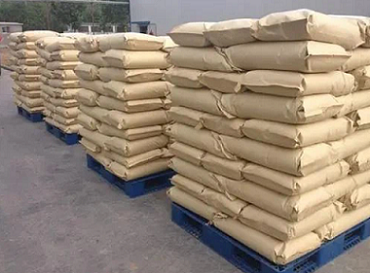
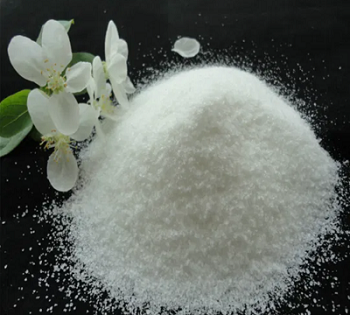
Thuộc tính cụ thể của ngành:
| Tên | Bột CPAM dầu mỏ | |||
| Ứng dụng | CPAM rắn trong mỏ dầu | |||
| SỐ CAS | 9003-05-8 | |||
Các thuộc tính khác:
| Vẻ bề ngoài | Bột trắng | |||
| Nội dung rắn | 90% | |||
| Khối lượng phân tử 10*6 | 8~9 | |||
| Mật độ (25℃) | 0,75g/cm3 | |||
| Giá trị PH (dung dịch nước 1%) | 6~8 | |||
| Điện tích cation | 40%--70% | |||
| Thời gian hòa tan, phút | <30 | |||
| Nhiệt độ lưu trữ, ℃ | 0~35 | |||
| Hạn sử dụng, tháng | 24 | |||
Khả năng cung cấp:
| Khả năng cung ứng | 2000 tấn mỗi tháng | |||
Thời gian thực hiện:
| Số lượng (kilôgam) | 1~50 | >50 | |
| Thời gian giao hàng (ngày) | 7 | đã thương lượng | |

